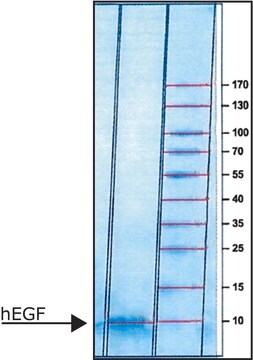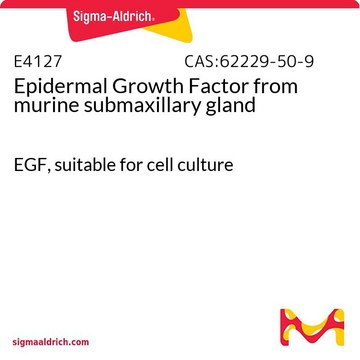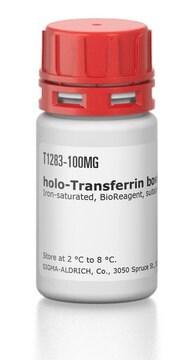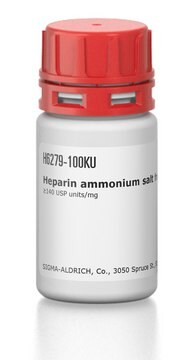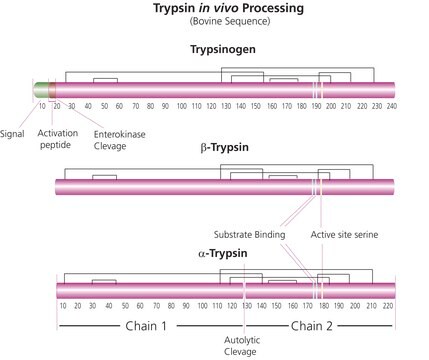Key Documents
E4643
Heparin-Binding EGF-Like Growth Factor human
≥97% (SDS-PAGE and N-terminal analysis), recombinant, expressed in baculovirus infected Sf21 cells, lyophilized powder, suitable for cell culture
Synonim(y):
hHB-EGF, HB-EGF, Heparin-Binding Epidermal Growth Factor-Like Growth Factor
About This Item
Polecane produkty
product name
Heparin-Binding EGF-Like Growth Factor human, HB-EGF, recombinant, expressed in baculovirus infected Sf21 cells, lyophilized powder, suitable for cell culture
pochodzenie biologiczne
human
Poziom jakości
rekombinowane
expressed in baculovirus infected Sf21 cells
Próba
≥97% (SDS-PAGE and N-terminal analysis)
Postać
lyophilized powder
siła działania
≤3 ng/mL
jakość
endotoxin tested
masa cząsteczkowa
9.5 kDa
opakowanie
pkg of 50 and 250 μg
warunki przechowywania
avoid repeated freeze/thaw cycles
metody
cell culture | mammalian: suitable
numer dostępu UniProt
temp. przechowywania
−20°C
informacje o genach
human ... HBEGF(1839) , HBEGF(1839)
Działania biochem./fizjol.
Postać fizyczna
Komentarz do analizy
Kod klasy składowania
11 - Combustible Solids
Klasa zagrożenia wodnego (WGK)
WGK 3
Temperatura zapłonu (°F)
Not applicable
Temperatura zapłonu (°C)
Not applicable
Środki ochrony indywidualnej
Eyeshields, Gloves, type N95 (US)
Certyfikaty analizy (CoA)
Poszukaj Certyfikaty analizy (CoA), wpisując numer partii/serii produktów. Numery serii i partii można znaleźć na etykiecie produktu po słowach „seria” lub „partia”.
Masz już ten produkt?
Dokumenty związane z niedawno zakupionymi produktami zostały zamieszczone w Bibliotece dokumentów.
Klienci oglądali również te produkty
Nasz zespół naukowców ma doświadczenie we wszystkich obszarach badań, w tym w naukach przyrodniczych, materiałoznawstwie, syntezie chemicznej, chromatografii, analityce i wielu innych dziedzinach.
Skontaktuj się z zespołem ds. pomocy technicznej